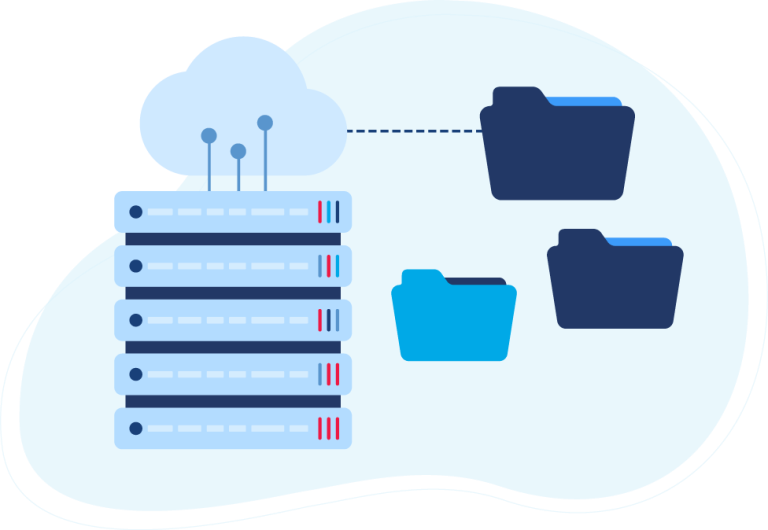Shopify Plus continues to attract merchants with large GMV as the platform becomes widely accepted with larger DTC and B2B brands. The inevitable question comes up how do I integrate Shopify to SAP ECC and what can I actually do?
Merchants moving to Shopify are typically always migrating from a number of platforms including Magento, Salesforce Commerce Cloud/Demandware, or Hybris. In all cases the principal reasons for the move are lack of flexibility and cost of ownership, Shopify is cheaper and more flexible in comparison. So once Shopify Plus gets the green light, the data integration question comes up.
How do I integrate my Shopify Plus store to SAP ECC?

SAP has a number of ERP offerings and we won’t cover them all in this article. The focus will be on SAP ECC and SAP S/4Hana. A quick note on SAP Business 1. That product has a very different integration structure and is generally best served with the plug-and-play options that are readily available. These plug-and-play options have their upper volume limits, as they generally read and write directly to the SAP B1 database tables. These solutions are also installed as part of the B1 solution which means configuration and functionality is embedded within the B1 application.
There are actually a number of ways to integrate Shopify Plus to SAP ECC. Shopify as we know has robust REST APIs, webhooks and Graph QL functionality so getting data in and out of Shopify is not an issue. VL OMNI provides a managed service that connects to the Shopify APIs and sends your business data to and from SAP ECC.
Let’s Be Simple – Flat File
The simplest approach to integrating Shopify to SAP is using flat files with a S/FTP method for communications. The flat file usually is an XML version of the IDOC (intermediate document) being used for the transaction. Orders for example would be an ORDERS05 XML document. Alternatively, the layout can be a specific layout that the SAP developers put together for a pre-existing integration, in this case totally custom. Usually, we see this in a migration from another eCommerce platform where files were previously defined for specific functionality.
This approach works well for lower volume and B2B sites. Since the communications process is not posting directly to SAP but rather to an S/FTP slot for pick up and drop the communications tend to be more batch-oriented and less likely to be in real-time.

Let’s Get Complex – Web Services
SAP ECC has web services, the layer called Netweaver Application Server has evolved over the years and is now configurable for both inbound and outbound web services. SAP calls this a provider and a consumer of web services. So if web services have been configured then the exposed endpoints can be used.
VL OMNI has used the BAPI (Business Application Programming Interface) which is based on the Netweaver ADAP layer so that SAP upgrades don’t affect the interfaces. In most cases, the BAPI interfaces have already been preconfigured by the merchant’s SAP developers. The payload is an XML document that is communicated via a SOAP-based API.
Workflows
So what are the workflows that can be implemented with Shopify into SAP ECC?
At VL OMNI we consider the following to be foundational workflows:
- Customer create
- Order
- Fulfilment
- Inventory
- Price

A Note on Products
Products are always problematic because most ERP systems don’t have the richness of detail that Shopify needs. Then there is the issue of public-facing images that Shopify needs to ingest. Images are often warehoused behind a firewall or in some other repository that may not be publicly facing.
Alignment of multiple systems to create a new product is always difficult. Not everyone uses a PIM (Product Information Management) so a complete review is required on the best way to handle products. In some cases, foundational data is pushed from the ERP to Shopify and then enhanced. In other scenarios, Shopify is used as the PIM and the only exercise needed is to align product codes with the ERP. Shopify uses an SKU.
Take The Strategic Approach
It’s important to remember nothing in SAP ECC is plug-and-play. Holistic integration methods must be taken into account as well as other alignment considerations that need to be examined are tax authorities, ship methods and discounts. A strategic approach to SAP ECC integration is what we at VL OMNI recommend.
Some workflows may be better suited to batch and others more suited to real-time processing. Each Merchant’s business is unique, so stepping back and looking at the overall ideal customer journey for your customers and the types of data required is key to the successful integration of SAP ECC to Shopify.
Still not sure if SAP ECC Integration is the right fit for your business? VL OMNI’s offers strategic consultation based on the needs of our Merchants, take advantage of our technical expertise, by going in-depth and mapping data flows throughout your application stack with your specific business rules in mind. You can feel confident that your integration solution fits your business needs, instead of forcing your business to change to fit within a boxed solution.
 D365 Business Central
D365 Business Central Netsuite
Netsuite


